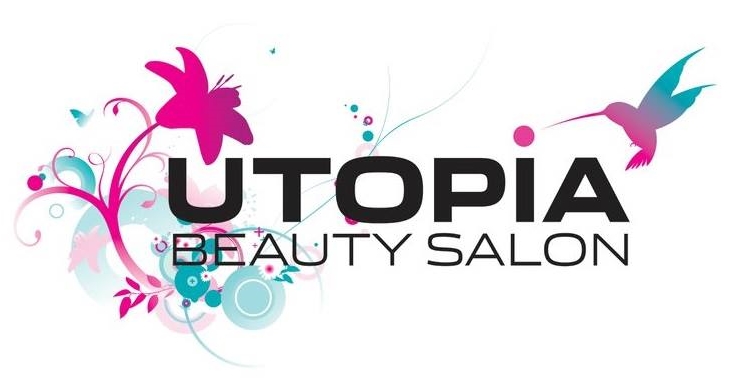Ear & Nose Piercing Advice
Please note that the minimum age for ear lobe piercing at Utopia is 7, and for flat cartilage and nose piercing, age 14. Anyone under the age of 16 will need parental/guardian consent, of whom must be present at the appointment.
For clients aged 16+, please bring a form of photographic ID with you, ie passport, provisional/driving license.
We will check your suitability to the piercing at your appointment - please note that piercing is not always possible due to the shape of the ear and positioning of capillaries. Your therapist will advise you if this is the case.
It is normal for the area to go red and feel hot after a piercing, as well as the feeling of slight soreness, and these will usually subside within 24 - 48 hours after your treatment provided appropriate aftercare is carried out. If the symptoms persist and the area becomes infected, please let us know and seek advice from a pharmacist before removing the stud.
Please note the importance of caring for your piercing and following the appropriate aftercare, as failure to do so can result in a greater risk of redness, swelling and infection, or even permanent damage. Piercing the cartilage does carry a greater risk than when piercing the lobe, and so extra care is paramount during the healing period to achieving a healthy piercing.
Piercing aftercare:
- Always wash hands thoroughly before touching the studs or pierced area
- Cleanse the piercing thoroughly at least 2 times a day with Studex After Piercing Solution without removing the stud
- After cleansing, rotate the stud 180° left and 180° right, so half a turn, (or 360° for nose studs) 2 or 3 times, ensuring that the site is cleaned thoroughly to avoid build up of any product
- Keep the pierced area dry at all times between cleansing
- Keep cosmetic products such as creams, make-up, shampoos etc away from the piercing site
- After washing hair (for ear piercings) or face (for nose piercings), rinse the area with clear water and then cleanse with the Studex After Piercing solution as described above
- Avoid swimming, bathing or exercise for 24 hours after the piercing treatment
- After swimming, bathing or exercise, cleanse with Studex After Piercing Solution and dry the area thoroughly
- Throughout the healing period, avoid rubbing the piercing site, particularly when washing the hair or face
- For nose piercings, extra care should be taken if suffering from hayfever or a cold
DO NOT:
- Remove the studs or handle your ear/nose and/or studs unnecessarily
- For nose piercing - Pull the stud in and out of the nose in case the stud is pulled out fully and cannot be re-introduced during the healing period
- For ear piercing - Push the butterfly along the post towards the ear. The butterfly must always be positioned at the tip of the post - feel the position each time you clean the ear. It must feel smooth. This ensures that the earring remains loose during the healing period and is essential as tight earrings may lead to inflammation
- Wear other styles of studs or hoops (other than post-style ie fish hook, screw, L-shape) for 6 months (ear lobe) or 12 months (cartilage or nose). The hole will take this long to fully form and you may be restricted to what style studs or hoops you can wear later on if the hole adjusts itself in this time
- Keep studs out for any length of time during the first 6 months (lobe) or 12 months (cartilage or nose) - studs should be worn continuously for this period of time
DO:
- Leave studs in continuously for: 6 weeks (ear lobe), 12 weeks (cartilage) and 8 weeks (nose)
- After the time frame listed above, the studs can be removed and other post-type earrings can be worn continuously
- Use only post-style earrings for the first 6 months (lobe) or 12 months (cartilage and nose), as the hole will take this amount of time to fully form. Other styles worn in this time period may adjust the hole and restrict you on what can be worn later on
- For the first 6 months (lobe) or 12 months (cartilage or nose), posts should be a surgical grade of stainless steel or other hypoallergenic material
It is important to understand that failure to properly follow aftercare procedures or to seek immediate medical advice, should a problem occur, may result in permanent damage to the area.

